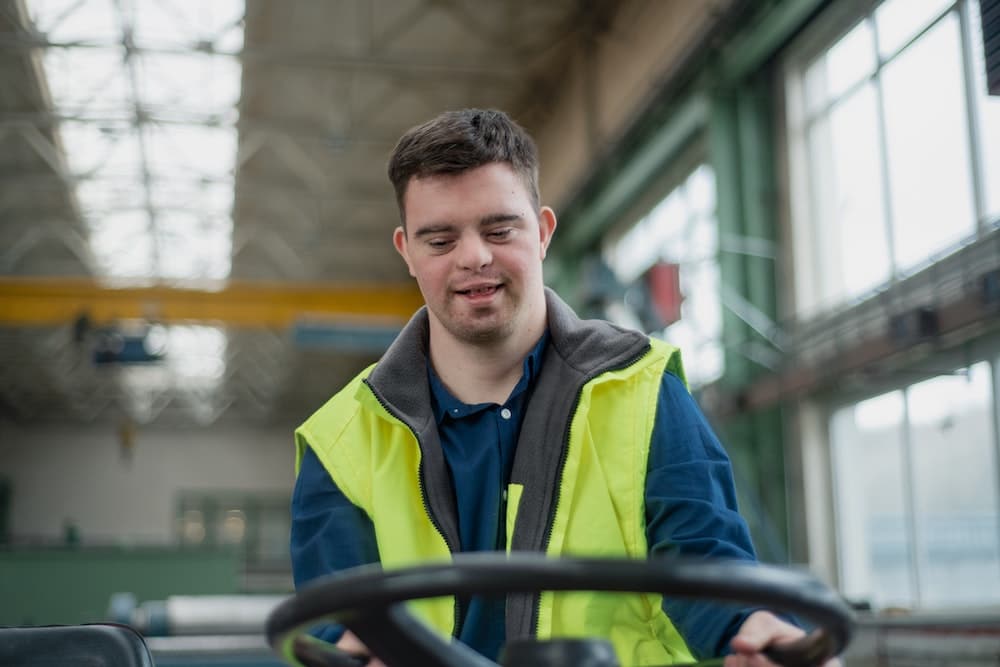How to Integrate Environmental Education Centers into Residential Developments?

As we move further into the 21st century, the need for environmental education has never been more pressing. The battle against climate change, pollution, and environmental degradation is a global effort that starts locally. While many see the classroom as the ideal place for such education, environmental education centers (EECs) located within residential communities themselves can provide an invaluable, hands-on approach to environmental literacy. Today, we’ll explore the potential of integrating these education hubs into housing developments and how they can reshape the community’s relationship with the environment.
Understanding the Role of Environmental Education Centers
Before delving into the specifics of integrating EECs into residential areas, it’s crucial to understand their role and importance.
Also read : What are the Best Practices for Soil Stabilization in Real Estate Construction?
EECs are facilities designed to provide environmental education to various audiences, including students and community members. They often feature exhibits on environmental science, host workshops and programs, and provide outdoor experiences that help visitors appreciate and understand the natural world.
Unlike traditional schools, EECs take a hands-on approach to education. The aim is to foster environmental literacy – a deep understanding of the environment and the issues surrounding it – through direct experience with nature. Visitors don’t just learn about the environment; they see, touch, and interact with it.
This might interest you : What Strategies Can Enhance Community Engagement in New Housing Developments?
EECs also play a pivotal role in community development. They serve as gathering places for community members, fostering social connections and shared values around environmental stewardship. They often collaborate with local schools, organizations, and businesses to promote sustainability initiatives, supporting the development of a community that’s socially and environmentally conscious.
The Benefits of Integrating EECs into Residential Developments
Having an EEC within a residential development comes with a host of benefits.
First and foremost is the accessibility it offers. Having the center in close proximity encourages residents to participate in programs and activities. It allows for more frequent and flexible learning experiences, particularly beneficial for students. Instead of waiting for a school field trip, children can visit the center after school or during weekends. Teachers can also use the EEC as an extension of their classroom, augmenting their lessons with real-world applications.
The integration also promotes a sense of community among residents. Shared experiences in learning about and caring for the environment can bring people together. It creates a sense of shared responsibility and pride in their local environment.
Moreover, the presence of an EEC can add value to the residential development itself. It can increase property values and attract homebuyers who value environmental sustainability and education.
How to Implement EECs in Residential Areas
The process of integrating EECs into residential developments begins at the planning stage. Developers, architects, and environmental educators should collaborate to design a facility that serves the educational needs of the community while blending seamlessly into the residential landscape.
The design of the center should reflect its educational purpose. For instance, the center itself could incorporate sustainable building practices, serving as a learning tool for sustainable architecture. Outdoor areas could include native gardens, wetlands, and other ecosystems for students to explore.
Additionally, the program offerings should cater to a wide range of ages and interests. Programs could range from basic environmental science workshops for children to sustainability seminars for adults. Engaging local schools and teachers in the program development phase can ensure that the EEC’s offerings align with school curricula and enrich students’ learning experiences.
Building Strong Partnerships for Success
The success of an EEC within a residential development relies heavily on strong partnerships. Developers, local schools, and community organizations all have a role to play in supporting the center and ensuring its programs are well-attended and impactful.
Developers can aid in the funding and construction of the EEC, and also assist in marketing its programs to residents. Schools can integrate the EEC’s offerings into their curricula, encouraging teachers to utilize the center as an educational resource. Community organizations can help promote the center’s programs and events, driving community engagement.
Furthermore, partnerships with local businesses can be beneficial. For example, a local gardening company could sponsor a workshop on native plants, or a local restaurant could host a cooking class featuring sustainable food practices.
In the end, integrating an Environmental Education Center into a residential development isn’t just about building a physical structure. It’s about creating an educational hub, forging a more environmentally literate community, and ultimately, fostering a deeper connection between people and their environment. With thoughtful planning and robust community support, EECs can become an integral part of residential developments, offering lifelong learning experiences for residents and creating communities that truly value and respect their environment.
Exploring Examples of Successful EEC Integrations in Residential Developments
To truly understand the potential of environmental education centers within residential areas, it’s informative to look at successful examples of such integrations. These instances showcase the transformative effect of EECs, particularly in fostering environmental literacy among residents.
One such example is the Willow School in Gladstone, New Jersey. This private school, located within a residential community, incorporates an environmental education center that serves both students and the wider community. The school’s campus, constructed using sustainable building practices, doubles as a learning tool for sustainable architecture. Outside, the campus features a native plant garden, a wetland, and other ecosystems, allowing for hands-on, place-based learning experiences.
The school’s curriculum is deeply intertwined with the EEC. Their academic standards emphasize environmental science, sustainability, and outdoor learning. The center’s programs, which cater to various age groups and interests, complement the school’s teaching. As a result, students develop a deep understanding of environmental issues, such as climate change and pollution, and learn ways to address them.
The impact of the Willow School’s EEC extends beyond student education. Community programs attract residents for workshops on sustainable practices, gardening with native plants, and other environmental topics. This has fostered a sense of community and shared responsibility for local environmental stewardship.
Conclusion: Nurturing Environmental Literacy through EECs
Integrating environmental education centers into residential developments is a powerful strategy for promoting environmental literacy. These centers have the potential to educate residents of all ages about environmental issues, foster a sense of community, and even increase property values.
However, the successful integration of an EEC requires careful planning and collaboration. Developers, architects, environmental educators, and community stakeholders must work together to design, fund, and promote the center. The center’s programs should cater to residents’ diverse interests and be aligned with local school curricula to enrich students’ environmental learning experiences.
High-quality EECs, such as the one at the Willow School, serve as role models for such integrations. They demonstrate that environmental education doesn’t have to be confined to traditional classrooms. Instead, it can be a vibrant, hands-on, and community-centered process that cultivates a deep connection between people and their environment.
In the face of pressing global challenges like climate change, fostering environmental literacy is crucial. EECs within residential developments can play a significant role in this endeavor. They can help create environmentally conscious communities, where residents not only understand environmental issues but are also actively involved in addressing them. This, indeed, is the kind of sustainable development we should aspire to build for future generations.
